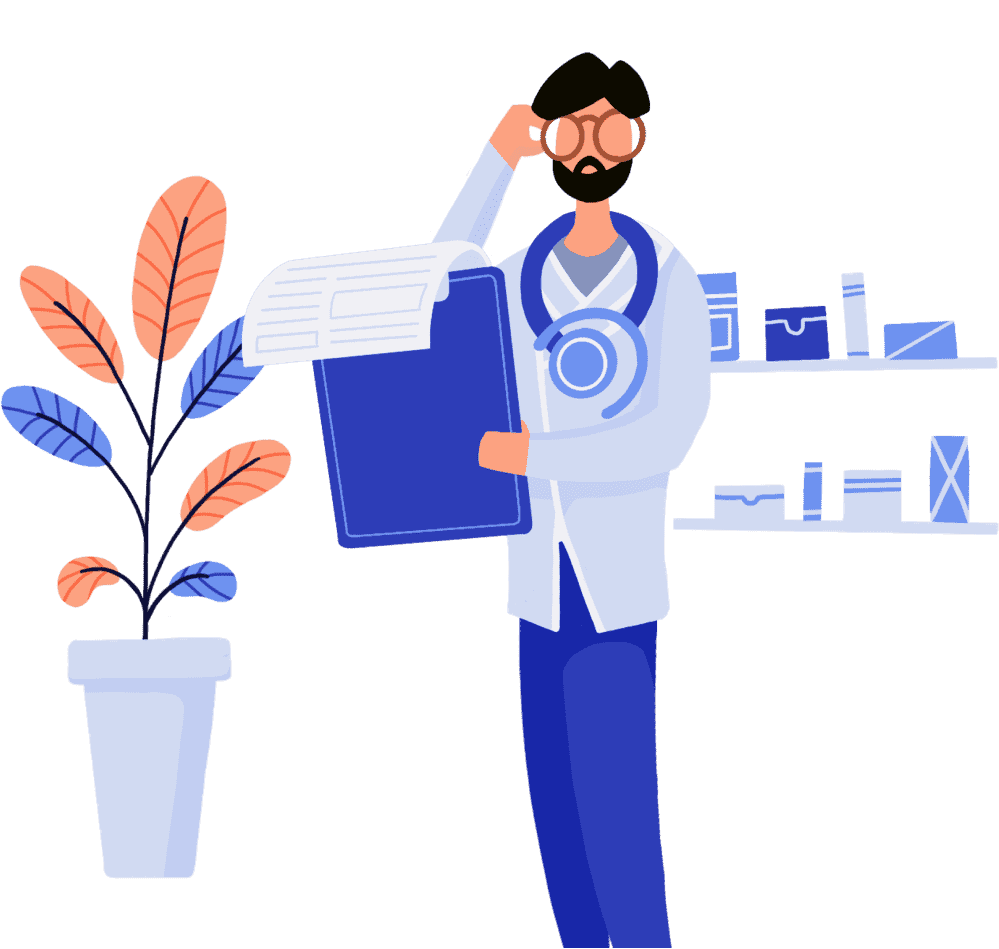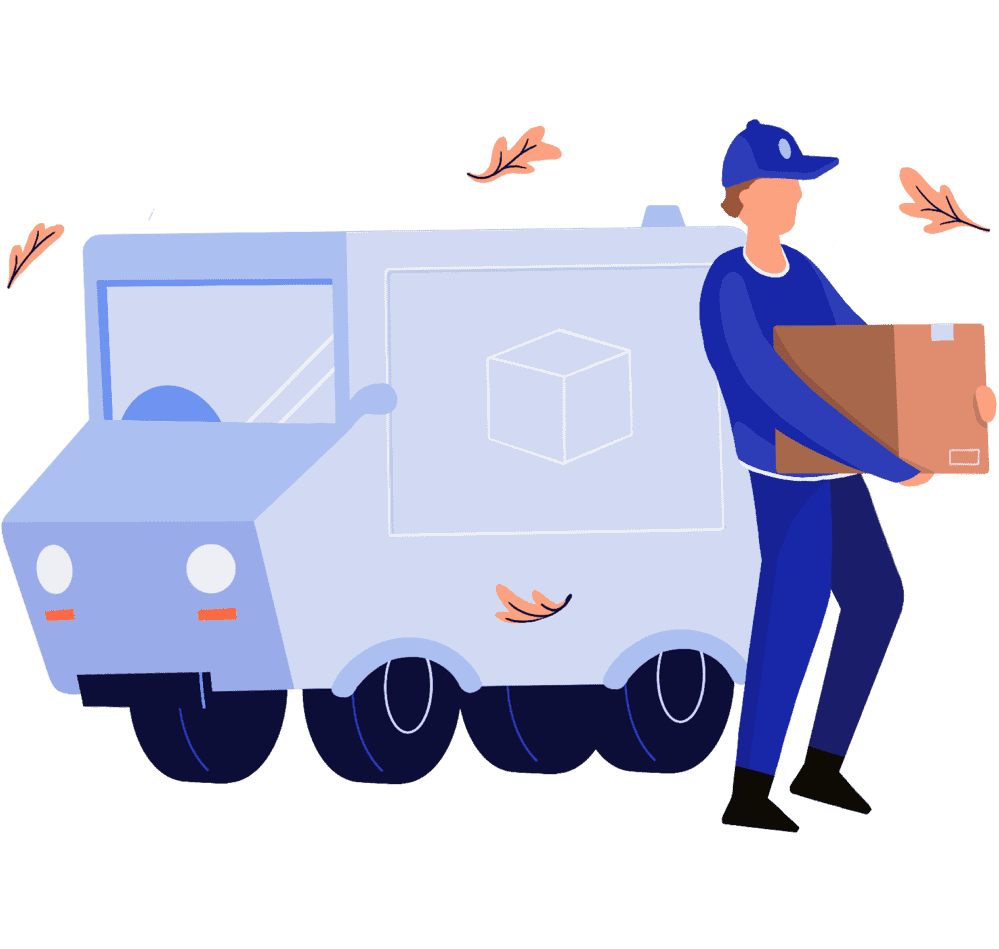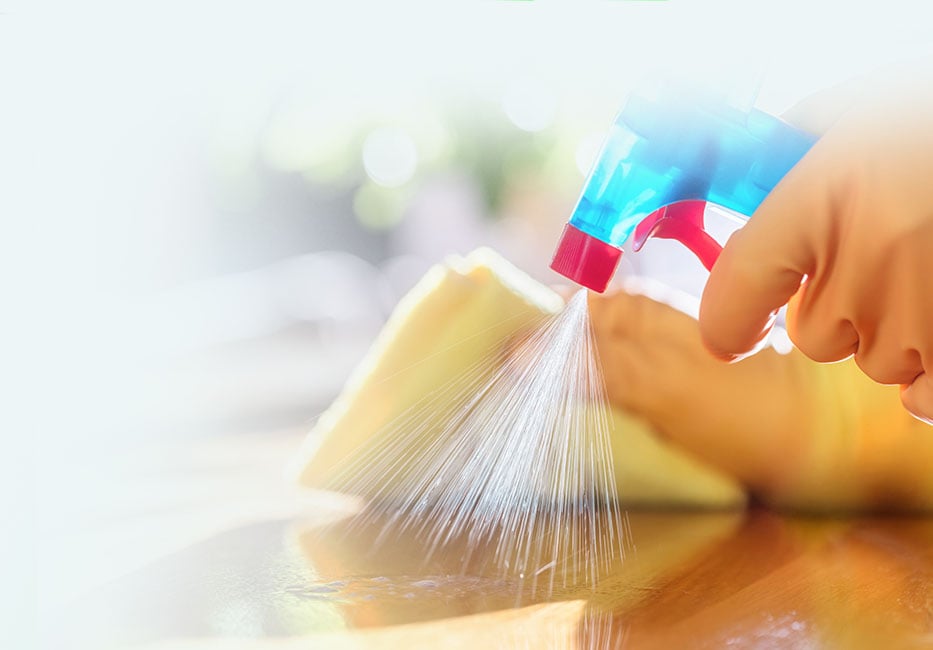Pre-Christmas Delivery: Please order before 2:30pm on Monday 15th December (Standard) or Thursday 18th December (Next Day) to receive your order before Christmas.
- Home
- General Health
- Disinfectants
Disinfectants
Disinfectants play a vital role in maintaining cleanliness and hygiene in various settings. They are formulated to kill or inactivate harmful microorganisms, such as bacteria, viruses, and fungi, on surfaces, objects, and in the air. By effectively eliminating these pathogens, disinfectants help prevent the spread of infectious diseases and reduce the risk of contamination. Disinfectants are also widely used in homes, schools, public spaces, and workplaces to maintain a safe and healthy environment.
More Information
What is a disinfectant?
A disinfectant is a substance or product designed to kill or deactivate microorganisms, including bacteria, viruses, fungi, and other pathogens, on surfaces or objects. Disinfectants are used to prevent the spread of infections and diseases by eliminating or reducing the number of harmful microorganisms present.
Can spores survive high temperatures, drying, and disinfection?
The ability of spores to survive high temperatures, drying, and disinfection depends on the specific type of spore and the conditions involved. Spores are highly resistant structures formed by certain microorganisms, such as bacteria and fungi, as a means of survival under unfavourable conditions. They have evolved mechanisms to withstand extreme environments and can exhibit remarkable resilience.
Does disinfectant kill mould?
Yes, disinfectants can kill mould under certain conditions. Mould is a type of fungus that can grow on various surfaces, particularly in damp and humid environments. The effectiveness of a disinfectant against mould depends on several factors, including the type of disinfectant, the concentration used, the duration of exposure, and the surface on which the mould is present.
Is bleach a disinfectant?
Yes, bleach is commonly used as a disinfectant. It is effective at killing a wide range of microorganisms, including bacteria, viruses, and fungi. The active ingredient in bleach, sodium hypochlorite, acts as a strong oxidising agent, which destroys the cell membranes and proteins of microorganisms, leading to their inactivation or death.
Can you put disinfectant in a steam mop?
It is generally not recommended to put disinfectant directly into a steam mop. Steam mops are designed to generate steam by heating water, and adding disinfectant directly to the water tank can cause damage to the mop and potentially create safety hazards.
Can you use disinfecting wipes on your face?
No, disinfecting wipes are not intended for use on the face. Disinfecting wipes typically contain chemicals that are formulated for disinfecting and sanitising hard surfaces, such as countertops, doorknobs, and electronic devices. These wipes often contain strong disinfecting agents that can be harsh on the delicate and sensitive skin of the face. Skin-friendly sanitising wipes are a recommended alternative for cleaning your face, hands and body.
Does disinfectant kill all bacteria?
Disinfectants are designed to kill a wide range of bacteria, but not all disinfectants can eliminate every single type of bacteria. The effectiveness of a disinfectant depends on various factors, including the specific disinfectant used, its concentration, contact time, and the type of bacteria present.
Does antibacterial spray kill mould?
Yes, certain antibacterial sprays can help kill mould. However, it's important to note that not all antibacterial sprays are effective against mould. It's generally recommended to use specialised mould cleaning products or mould remediation solutions specifically designed to eliminate mould.
Can you use antibacterial wipes on your private parts?
No, it is not recommended to use antibacterial wipes or any disinfectant products on your private parts (genital area). The skin in the genital area is sensitive and delicate, and using harsh or strong chemicals can disrupt the natural balance of bacteria and pH levels, leading to irritation, discomfort, and potential health issues. It is generally advised to use gentle, pH-balanced cleansers specifically designed for intimate hygiene when cleansing the genital area.
Can you take anti-bac wipes on a plane?
Yes, you can take antibacterial wipes with you when you are travelling on a plane. You can take all forms of wipes with you on a plane including makeup wipes, face wipes, baby wipes, standard wet wipes, disinfectant wipes, and antibacterial wipes.
Can I use antibacterial wipes as toilet paper?
It is not recommended to use antibacterial wipes as a substitute for toilet paper. Antibacterial wipes are typically designed for cleaning surfaces and are not intended for use on sensitive areas of the body, such as the genital or anal regions.
Can I buy disinfectant spray online at UK Meds?
Yes, you can buy disinfectant spray online from UK Meds.
Can I buy disinfectant wipes online at UK Meds?
Yes, you can purchase disinfectant wipes online at UK Meds.
Can I buy disinfectant liquid online at UK Meds?
Yes, you can buy disinfectant liquid online from UK Meds.
Medication delivered the next day from UK pharmacies



Choose the right treatment
From the comfort of your own home or out on the go, choose the treatment you require from our extensive range.
Complete an online consultation
A vital part of our process, your online consultation will be similar questions to that of a GP. Quick and easy, we guarantee privacy and confidentiality.
Delivered discreetly
One of over 100 of our partner regulated UK pharmacies will dispense and ship the treatment to you in discreet packaging.
Rated out of 5 on 
Great, except the delivery man threw the package over my gate, into my garden, in the pouring rain. Two days before I found it!! What a knob!
Totally outstanding company and superb customer service
Been using UK Meds for a few years and they provide an excellent service.
All worked smoothly and efficiently
Rated 4.6 out of 5 based on 6835 reviews
Here to help you
Our Customer Service is available Monday to Friday 9am - 5pm. If you need urgent assistance, do not use this service. Call 111, or in an emergency call 999. Visit our help section


